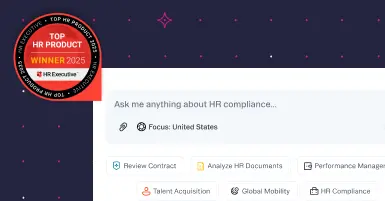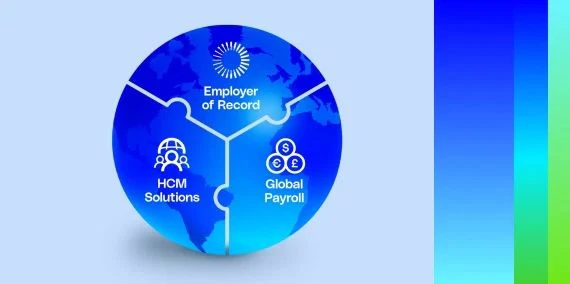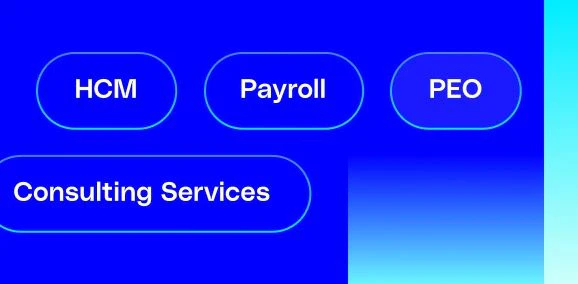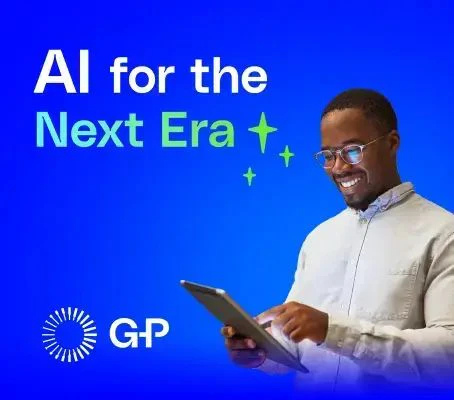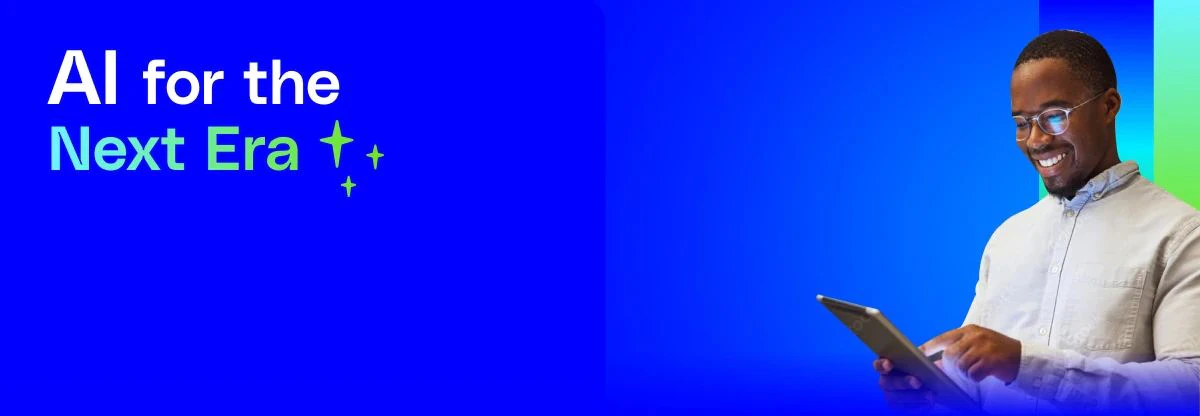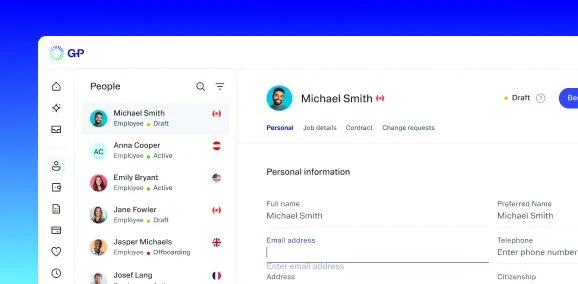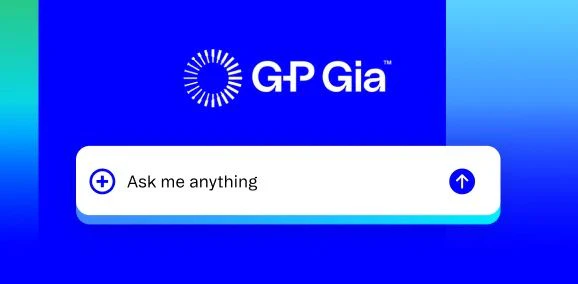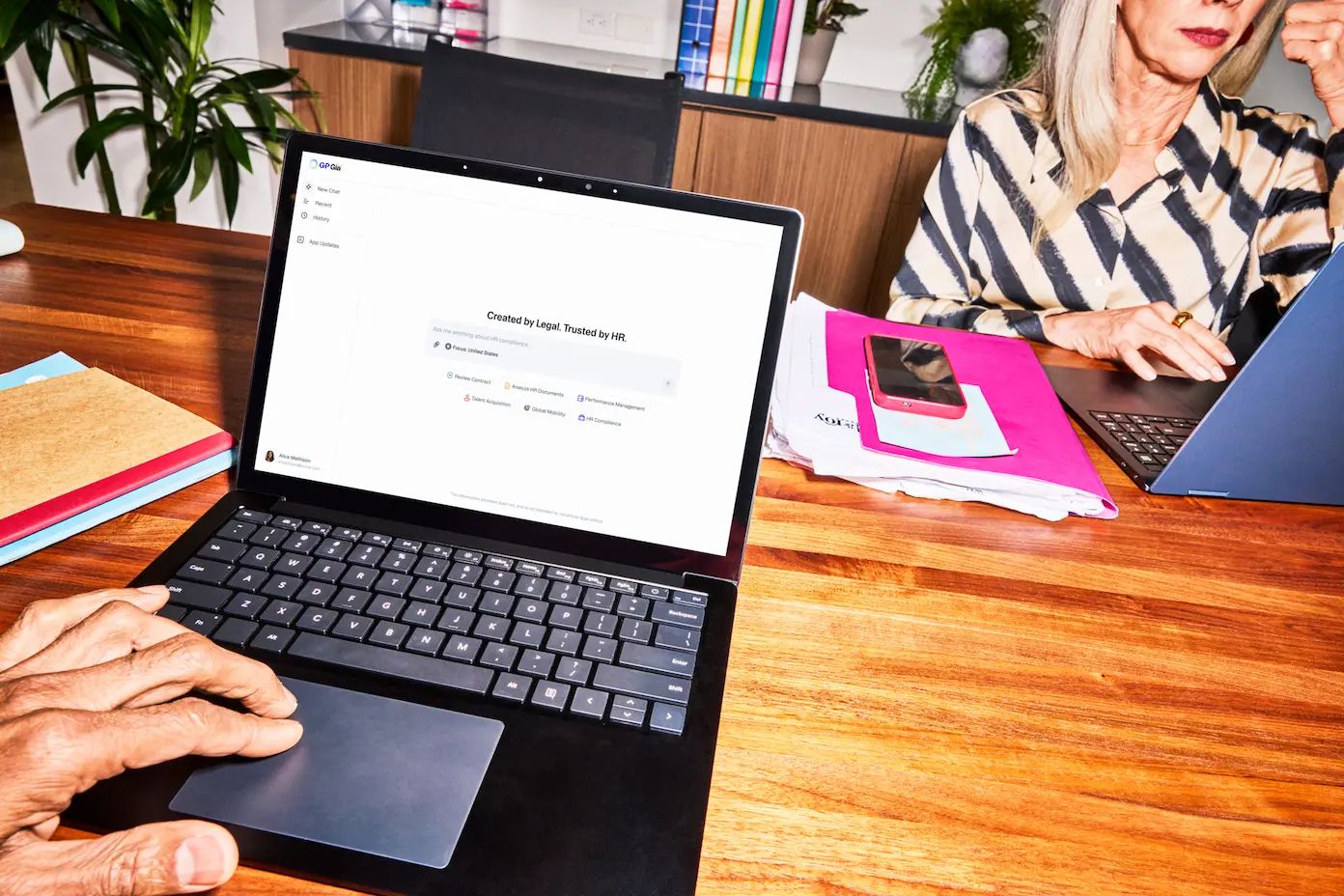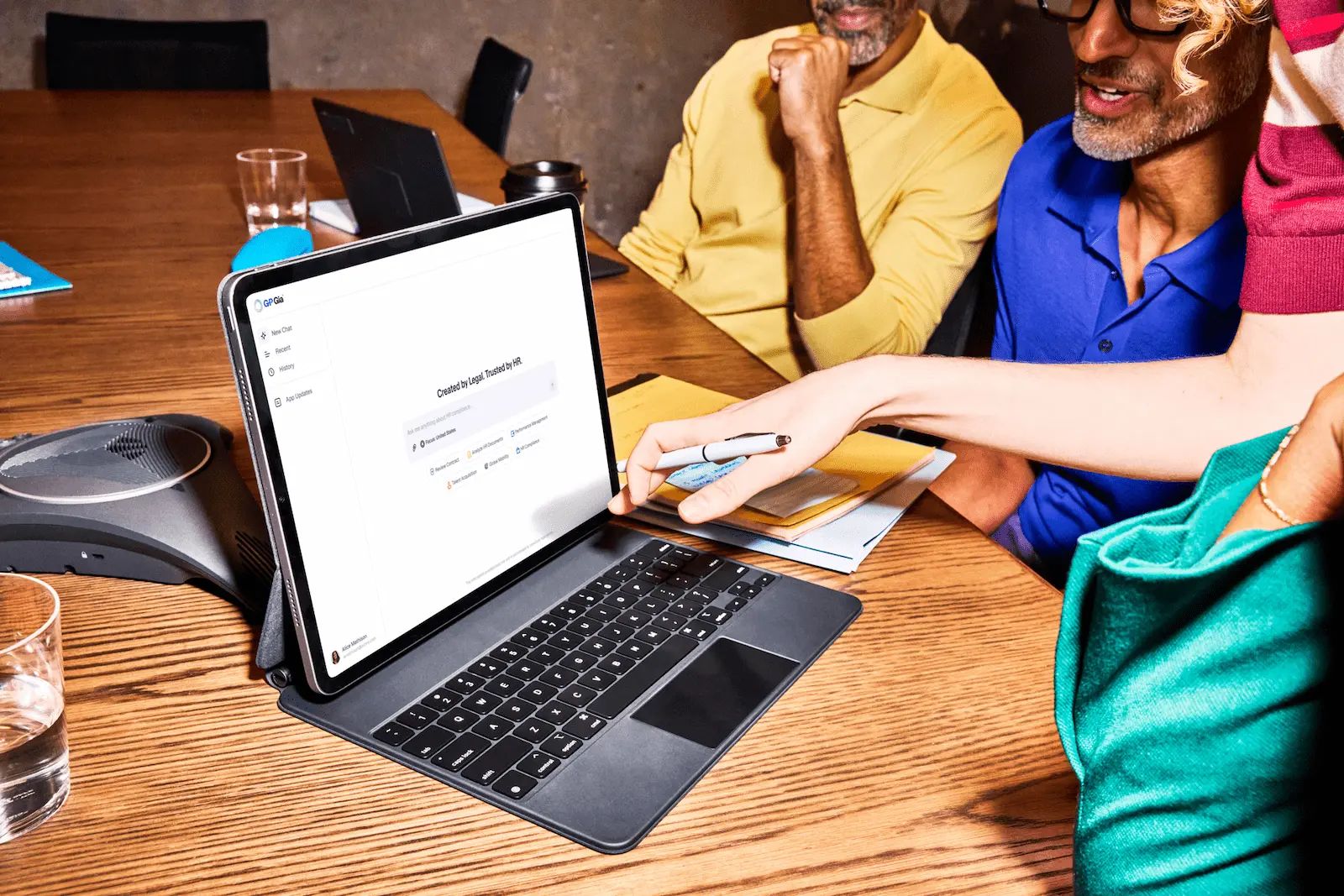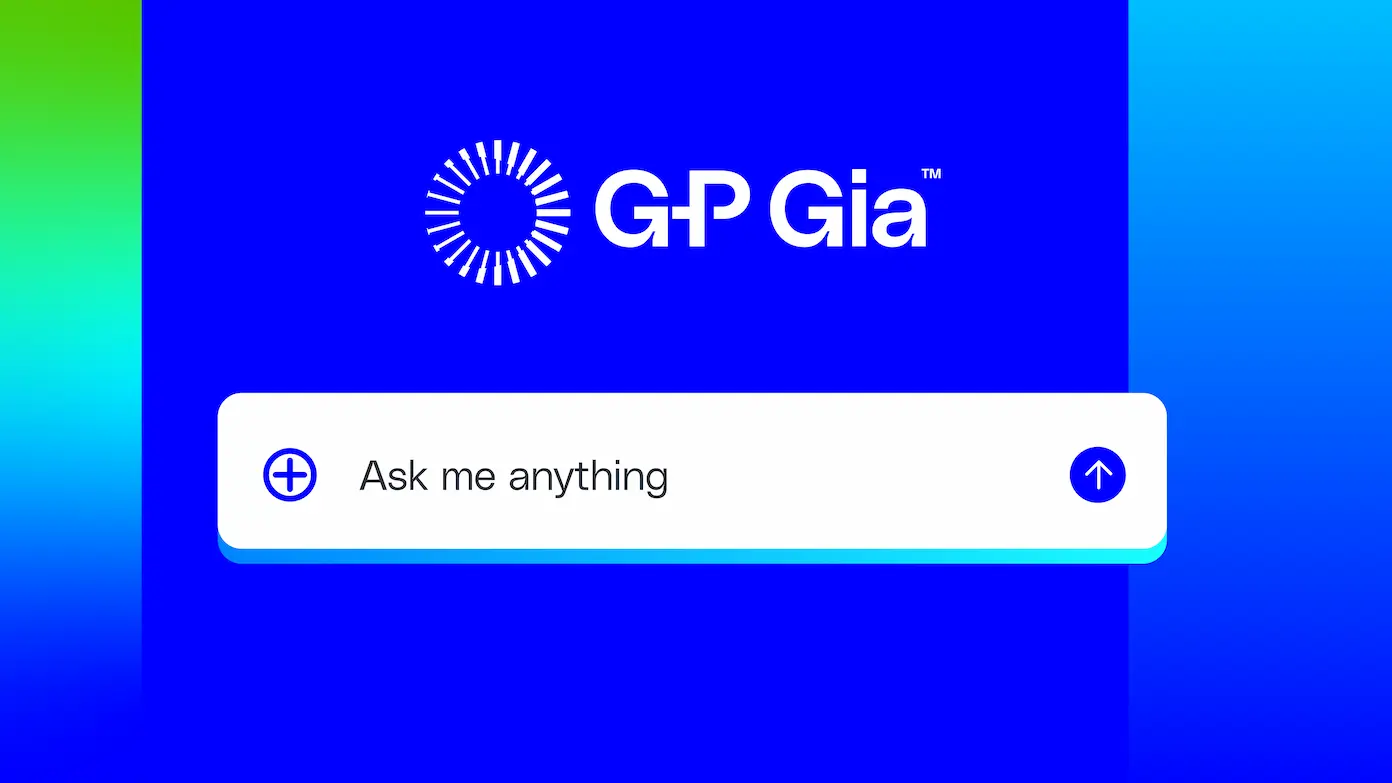Collaboration is a challenge for many organizations. That’s why most agile methods introduced in the last 20 years have been designed to break silos and improve collaboration between teams, departments, functions, and even products.
At G-P, we’re a remote-first company. Engineers, designers, and product managers are located throughout the Americas, Europe, and Asia. Our focus: create relationships, make time for conversations, achieve alignment, and foster connection when team members may be separated by oceans or in completely different time zones. Remote-first working has been a game changer. And there’s always the option to meet teammates in person.
Better together
We often bring teams together for face-to-face events. The purpose is usually planning, and we also manage to sneak in time to socialize and connect. In 2024, we noticed planning activity was getting in the way of our conversations. The lesson: Connection is just as important as strategic planning.
Experimentation – a people hackathon
We love experimentation. While there isn't a formal process, we use the Observe, Orient, Decide, Act (OODA) model. OODA loops are always in action as our teams work, because nothing remains constant in technology.
In 2025, we set out to make a meaningful impact by bringing people together with open space technology (OST).
Introducing OST
OST is an unconference or participant-led meeting format that I have been using over the past 10 years. We often attend conferences and find that the most memorable experiences are not the talks themselves but the passionate conversations with other attendees during coffee breaks.
OST is designed to replicate informal conference coffee breaks. A little organization and a few simple rules allow large groups to self-organize and every individual participant to contribute.
The rules of OST
An OST needs some boundaries to work. There are five principles and only one law. The principles are:
-
Whoever attends are the right people. Work with whoever comes to your session, whether it's five people or 50. They care and will be engaged.
-
Whenever it starts is the right time. Creativity doesn’t care about the clock. Give the group time to settle in.
-
Where you are is the right place. You may have planned to attend a session, but you're already engaged in an interesting conversation. Stay where you are.
-
When it's over, it's over. If the conversation or session has reached a natural conclusion ahead of schedule, thank the group and bring it to a close.
-
Whatever happens is the only thing that could have happened. Trust the process and see where things go. Make the most of what's happened and accept that things don’t always go according to plan.
The law of two feet is a simple one: If you feel you’re not learning or contributing anything, use your two feet to go somewhere else.
The law of two feet gives everyone the agency to make a difference. During the workday, we sit through boring meetings and feel we have no choice — not in an OST.
Sitting in a circle
The format of an OST is always fun. We start and end the day with a circle. It sounds normal, until you realize that putting 180 people in a circle is a different type of meeting. The first question is always, "Where is the screen?" There isn’t one. Followed by, "Can you send me the agenda?" There isn’t one of those either.
The opening circle sets the day up. And the closing circle gives us time to reflect. The bulk of the day is spent in sessions — usually a crowd of people around a whiteboard politely debating a topic. Sessions are 30 minutes each, and there are 3 to 5 parallel tracks running. There’s plenty of choice. Topics are often questions, like, "How do we test AI agents?"
The atmosphere
From a leader’s POV, there’s risk. You get everyone offsite for a day, you spend a lot of money on the process, and you want a return on your investment. That’s understandable. For participants, there may be the idea that there’s a hidden agenda, and we’re pretending it’s spontaneous. We’re not pretending. Of course, careful preparation is necessary to ensure a sense of spontaneity.
When someone says, “There’s no agenda, it’ll be fine,” leaders get nervous. That’s understandable.
The energy of every OST is the same. Curiosity, nervousness at the lack of screens, excitement at the icebreaker, genuine interest in the topics raised, anticipation at joining the discussion, and surprise at the end of the day when it all works. Insightful reflections will surface afterward — proof that an OST is a transformative experience.
The key is learning and authenticity. Learning requires a safe space for inquiry. People need to ask questions. And they need a space to share crazy ideas and meet each other.
In many work meetings, there’s politics and pressure to agree. Nagging questions get non-answers like, "Let's put that in the parking lot." Maybe an open space is the parking lot. And the parking lot is just as important as the main building (the topics to discuss). You need both.
A sense of safety
Open spaces work because they create an environment of psychological safety. It sounds easy, but it’s not. It's important to follow through on the ideas suggested in the open space. Conversation without action doesn't help anyone.
The importance of follow-through
We took a different approach this year. We had over 30 sessions in the open space, and a notetaker or scribe accompanied each session. They wrote interesting points on an A3 page during the session. We usually create a mood wall at the end of the day to reflect on our thoughts. This time, we took around 60 photos of notes, fed them into Gemini, and converted them to Markdown. Then we merged and uploaded it to NotebookLM. As you can imagine, it picked up on sentiment, takeaways, themes, actions, and insights in a matter of minutes.
Spend time wisely
Remote-first has many advantages, but it’s difficult to run a large workshop on a video call. Not impossible, but difficult. We’ve found that in-person time together creates excitement, safety, bonds, and plans that wouldn’t have happened on a video call.
Ten years ago, it’d take a week to synthesize all the findings from an open space event. These days, it takes a couple of hours. What will it be like in the future? One thing’s certain: The energy and vibrancy of an OST — combined with the power of connecting people — will continue to be valuable.


